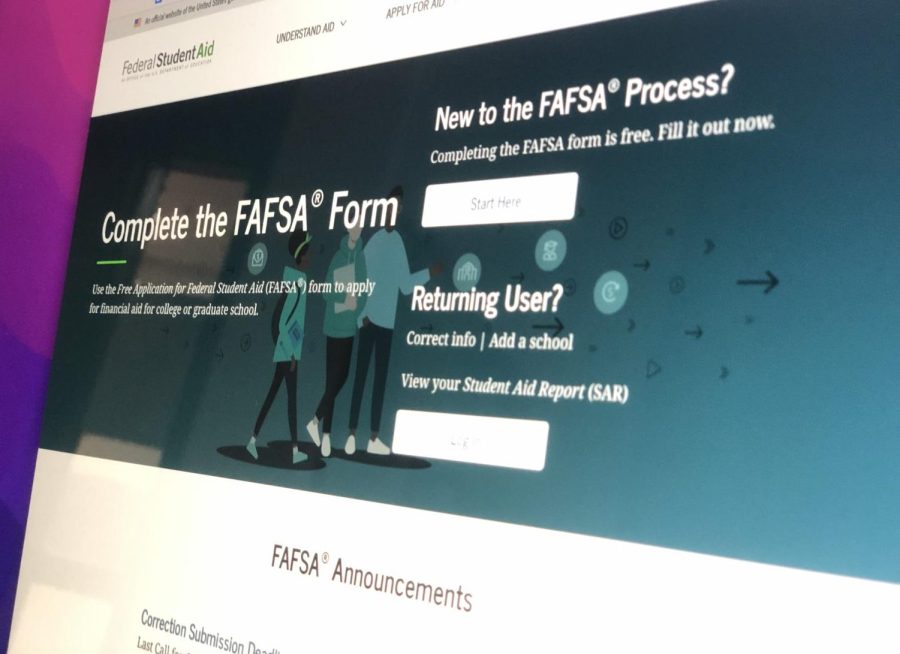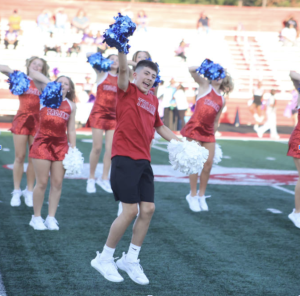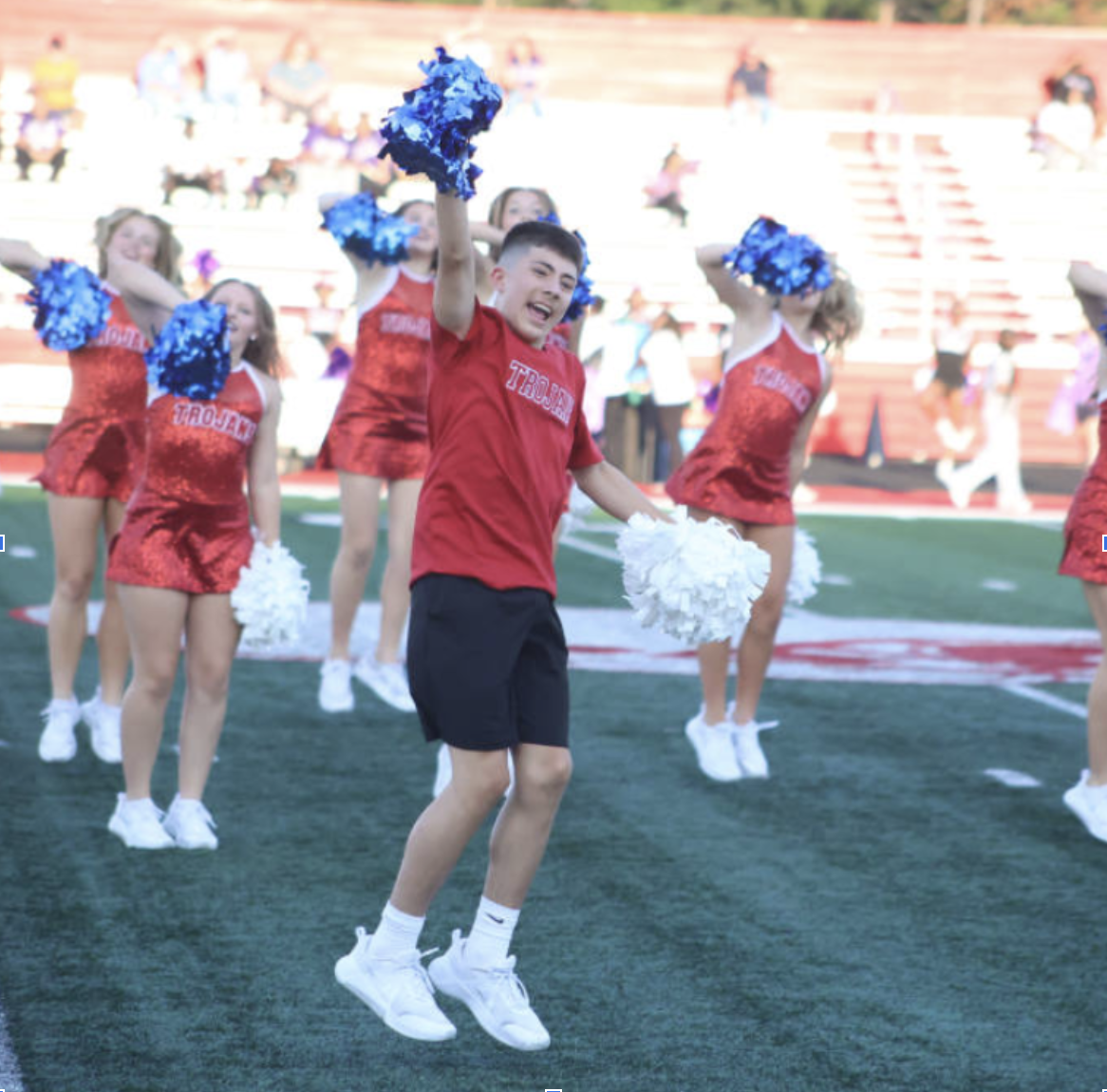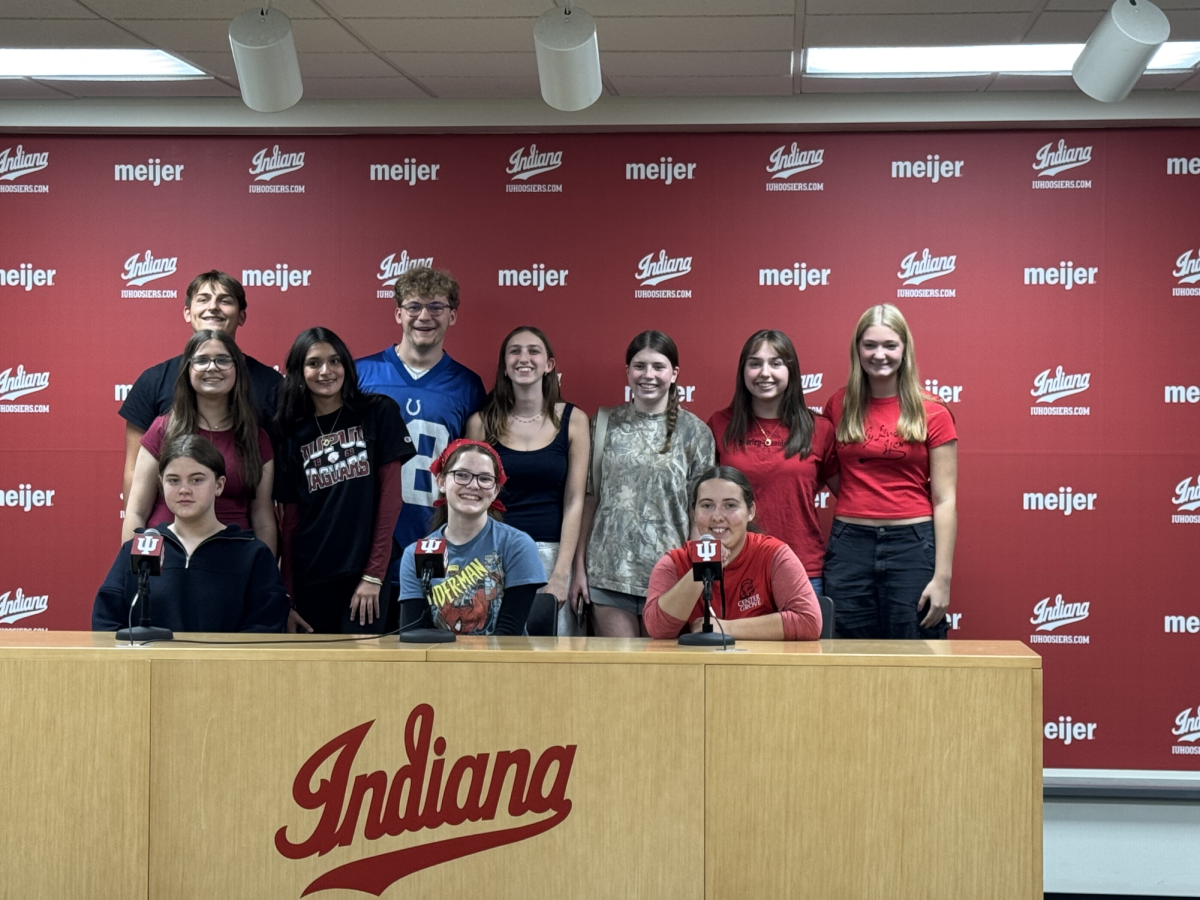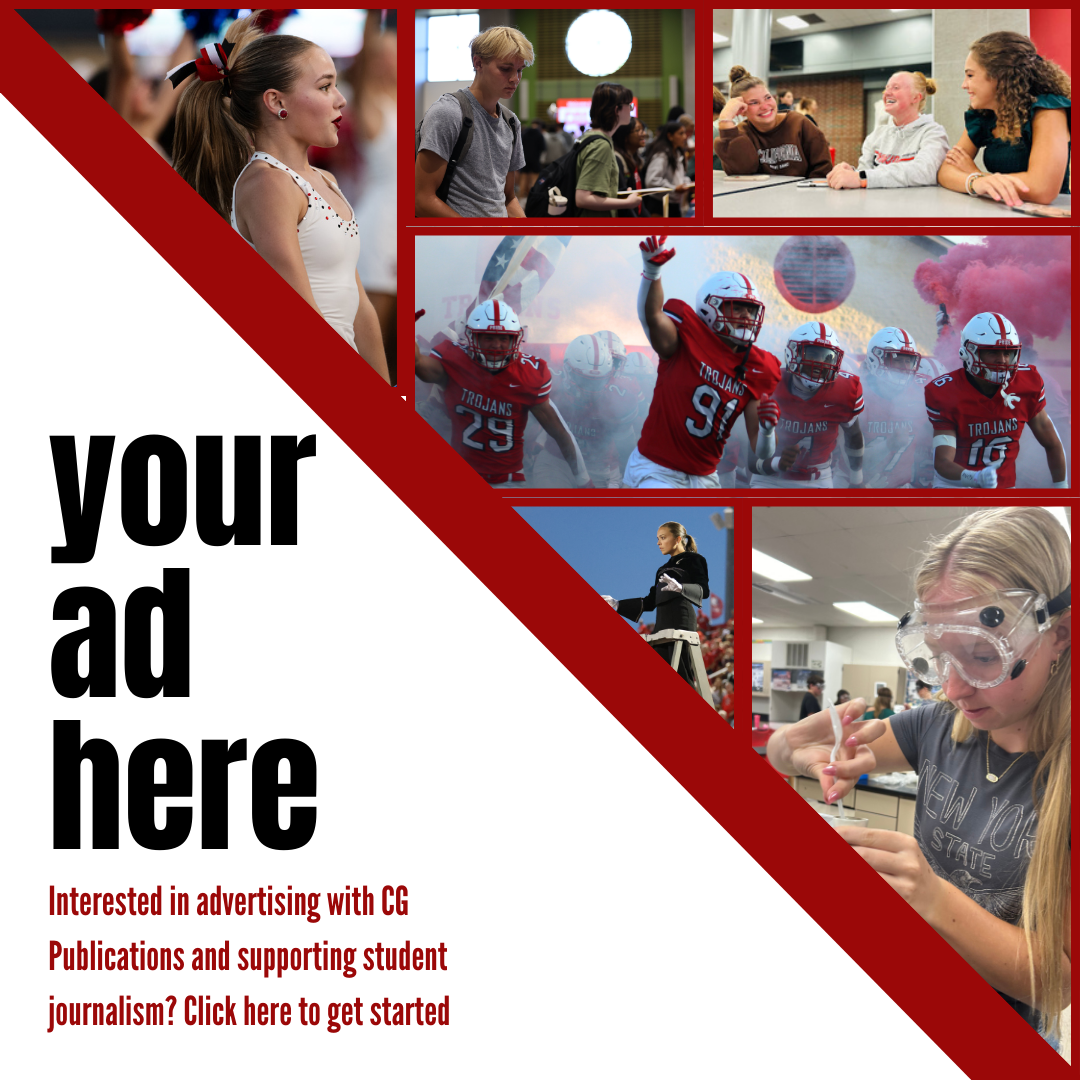Where to look for college financial aid
The Free Application for Federal Student Aid (FAFSA) is a need-based student aid available at studentaid.gov.
August 24, 2022
Early action deadlines are approaching quickly for many colleges both in Indiana and across the country. Cost of school can be an important factor and a stress for students looking to take the next step in education. Nonprofit InvestED came to Center Grove last Friday to answer questions and guide students through the financial processes of applying to and attending college.
Career and College Resources
“You can research careers through keywords like computers, programming or math or something like that. It will spit out some jobs that you might be interested in. They’ve also got it by category so IT, health and science,” Ian Line, a presenter from InvestED, said. “It will give you a quiz of about 60 questions, and then when you finish it’s going to spit out some ideas of some careers you might be interested in.”
“You can open up these five categories (advanced manufacturing, building and construction, health and life sciences, IT and business services and transportation and logistics) and you can look at the professional certificate opportunities that they offer,” Line said. “Indiana will pay for that certificate for you so it comes at no cost for you to get that certificate.”
College Navigator and College Scorecard
“[College Navigator] will let you compare colleges with all these different options, anywhere from financial aid and price down to like admissions, or the programs and majors they have,” Line said. “[College Scorecard] will actually give you a lot of the same information just in a different format.”
FAFSA
The Free Application for Federal Student Aid (FAFSA) determines how much financial aid students can receive based on their household income.
It is always free to file, so if a website is trying to get money to file, go somewhere else. InvestED can help with the filing process over the phone.
An account is required for both students and parents. If students have any older siblings, parents need to try and remember their old information.
FAFSA form opens up on October 1. Make sure to file the 23-24 FAFSA form because that is the first year students will be attending college.
Any state aid application is due by April 15, but some colleges may require it earlier. A good goal is to have it complete by December 30.
If a student’s parents are divorced, go with the parent who the student has lived with more in the past year. If it is a fifty-fifty split, go with the parent who has provided more financially.
Types of Grants
There are a variety of different grants students can qualify for at the federal and state levels.
“The Pell Grant is probably the most common,” Line said. “[6,895 dollars is] the most a student would have received this year, but you can earn up to that, it’s not like you earn either all of it or none of it. I’ve seen students get 2,000 Pell Grant, 3,000 Pell Grant. You might not get any of it because everything on this page is called need based aid. It is based on income and taxes and anything you have saved so far.”
Two more common federal grants are the FSEOG (Federal Supplemental Educational Opportunity Grant) and the Teach Grant meant for teachers. Some grants have duties post-education to follow, so always be careful what those are before accepting money because it could turn into a loan.
Federal grants can be used anywhere across the country, but state grants must be used in state.
“21st Century Scholars is a pretty common one, probably the most common in Indiana, you would’ve signed up for this in 7th and 8th grade. If you aren’t sure whether you are 21st Century Scholars your counselor should be able to know that for you,” Line said. “Frank O’Bannon is very similar to Pell Grant. It’s a range of money if you qualify. The Workforce Ready Grant, that’s the Next Level Jobs stuff.”
Student Loans
While hopefully a last resort, student loans are something that should be considered.
“The Federal Direct Student Loan, every student automatically qualifies, no matter your debt, income, credit score, anything like that. It’s limited per year, so the first year you go to school you can only borrow 5,500 dollars with an interest rate of five percent. If you and your family have to borrow more money there’s two other options. The Federal Parent Loan and other private loans,” Line said. “Just like scholarships, if you have to borrow more money and have to take out another loan, ask around.”
Line notes to always go with the loan with the lowest rate. If the Parent Loan is the lowest available, then go with that.
InvestED will be returning to Center Grove High School on November 8 to help students to file the FAFSA form. Several in-state colleges will be at the high school this Friday, August 26 to answer questions about applications and financial aid.


